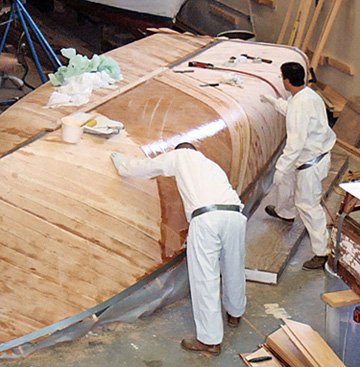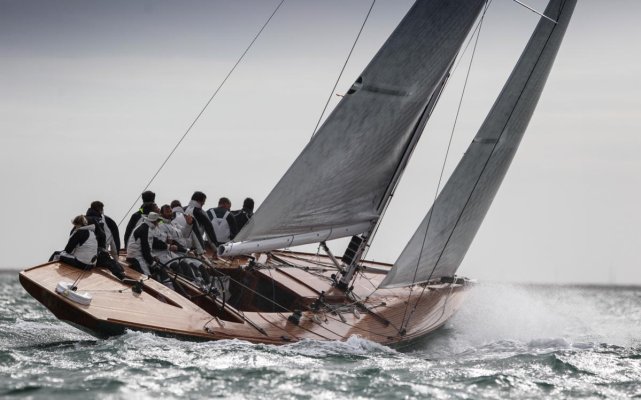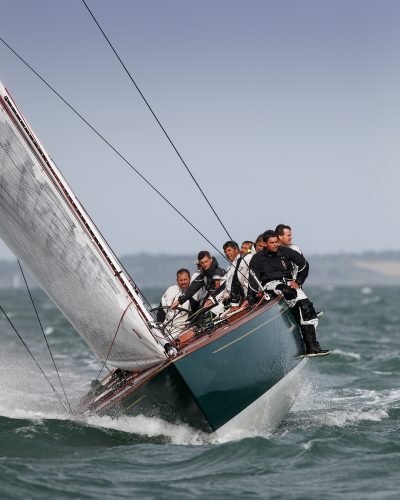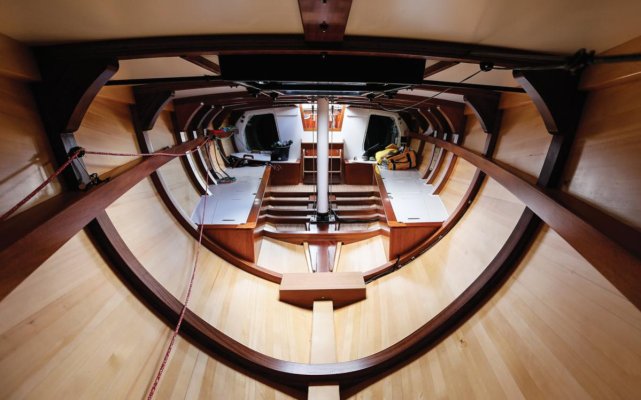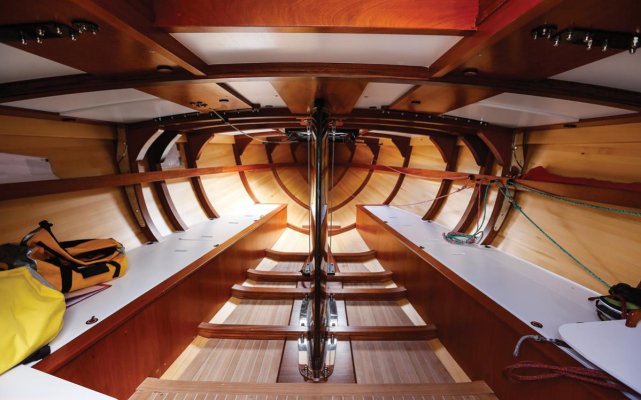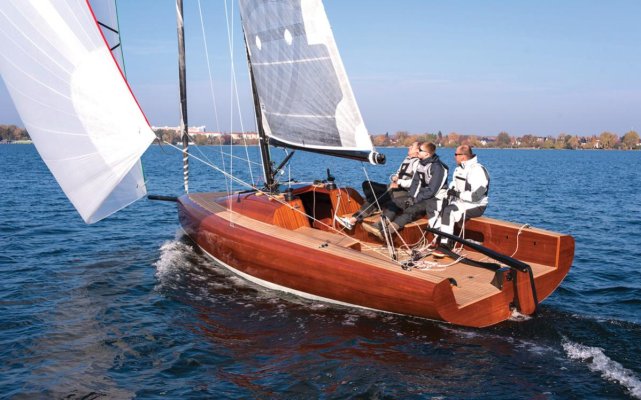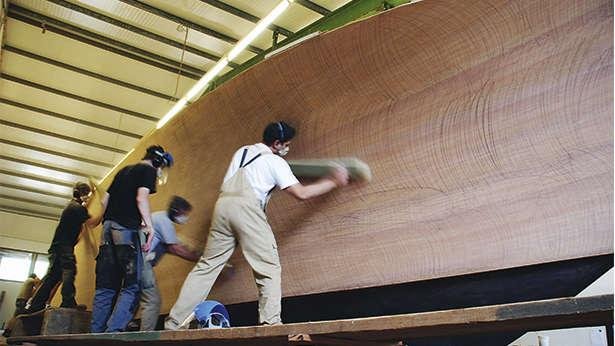AlanT
Guru
- Joined
- Oct 21, 2012
- Messages
- 725
- Location
- USA
- Vessel Name
- MoonShadow
- Vessel Make
- Wendon Skylounge 72'
The whole story of that delivery 31 years ago could flesh out a small book, but suffice it to say, after the desertion of the owner and his two relatives after a rough night rounding Point Conception, I was left alone aboard in Morro Bay with the final destination of San Francisco. With seas moderating a day later, I set off and ended up calling the Coast Guard as the big Detroits began to show signs of clogging filters - too rough to attempt replacing them (no switchable filters here). The USCG suggested a cove 20-30 miles south of Monterey, and in a couple hours I was safely anchored and able to go below where I discovered the water up to the top of the engine stringers with four wonky Par diaphragm bilge pumps (the one with the belt-driven pump) all lined up on a mounting board spinning away pumping nothing. Every one of them had a mechanical problem ranging from stripped set screws on the gears to broken belts lying alongside the pump. Float switches in the various remote compartments serviced had activated them, and maybe they had pumped for a bit early on. Being at anchor with the engines secured made for a quiet and calm engine room, but the leak was not there. I ending up in the forward bilge on my knees up to my neck in water approaching the deck over my head when I saw an up-welling on the surface of the water. My hand found the half-inch diameter aluminum pipe supplying the water maker coming up from the keel (aluminum hull) gushing water. The water maker was mounted to a board which oddly was not secured, and the rough seas which had stirred the gunk up in the fuel tanks causing the clogging of filters in turn causing me to turn into the cover had shaken the water maker around until it broke the supply pipe which by the way had no seacock valve. A rag and a screw driver stopped the leak, but I still had no operable bilge pump; so I reached up over my head and yanked the hose loose from the forward shower pan drain, stuck it into the water and turned on the shower drain pump from inside the shower stall. It took a few hours, but I had a dry bilge before bedtime. This epic included the 13-foot Boston Whaler dink breaking free on the upper deck and swinging around at the end of its crane in 14-foot seas; the swim platform coming loose under my feet as I rescued the dink; a fire breaking out on the stove while underway one night; and the hydraulic steering gong mushy causing me to ending sliding under the Golden Gate sort of sideways. Deliveries can be so much fun. The boat was left safely moored to a pier in San Fran with the dink in place on top in its cradle and the swim step lashed along side it ready for a the repair gang to reattach it and sort out the steering and correct the water maker issues.
Great story and adventure! Thanks for sharing. ~Alan

